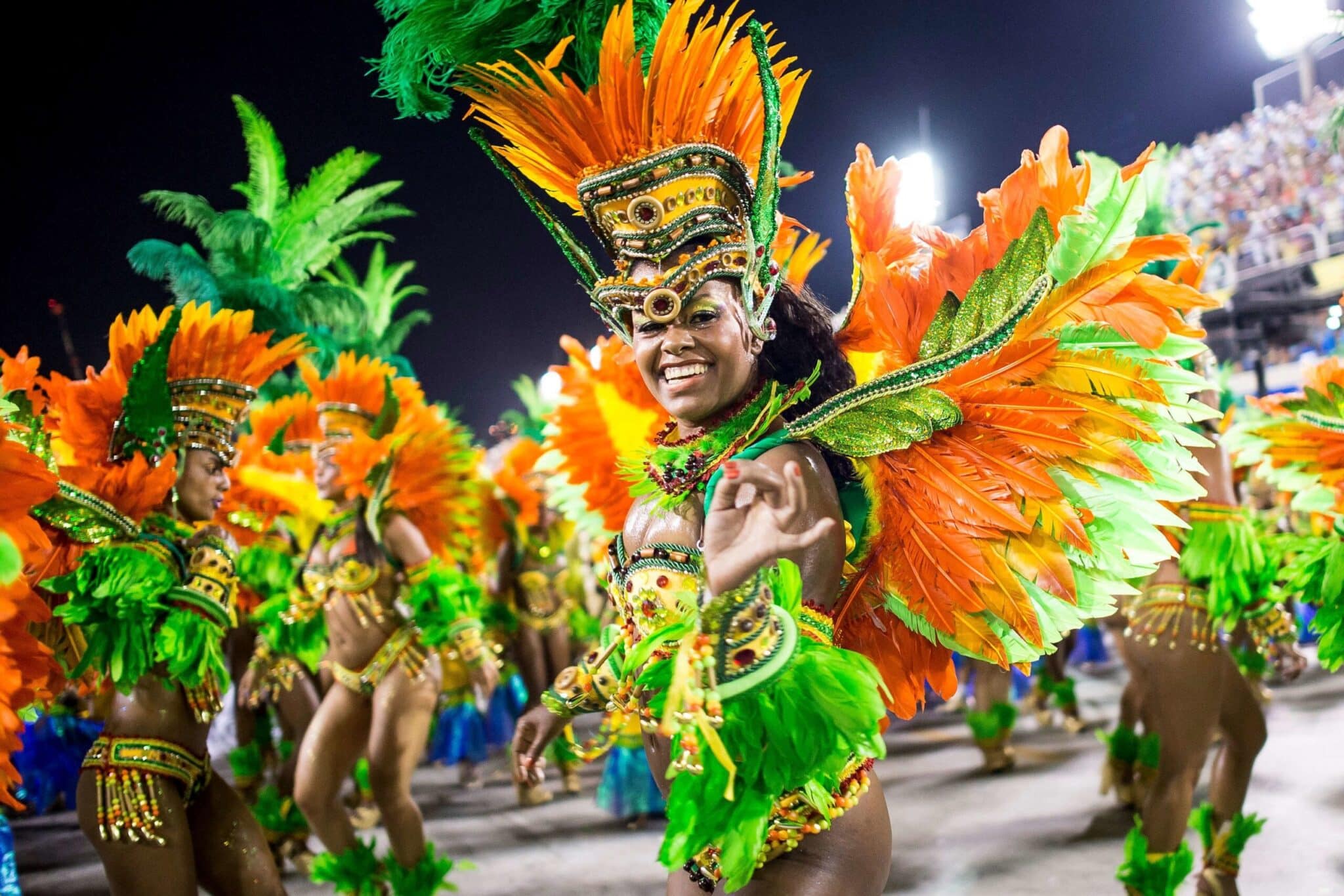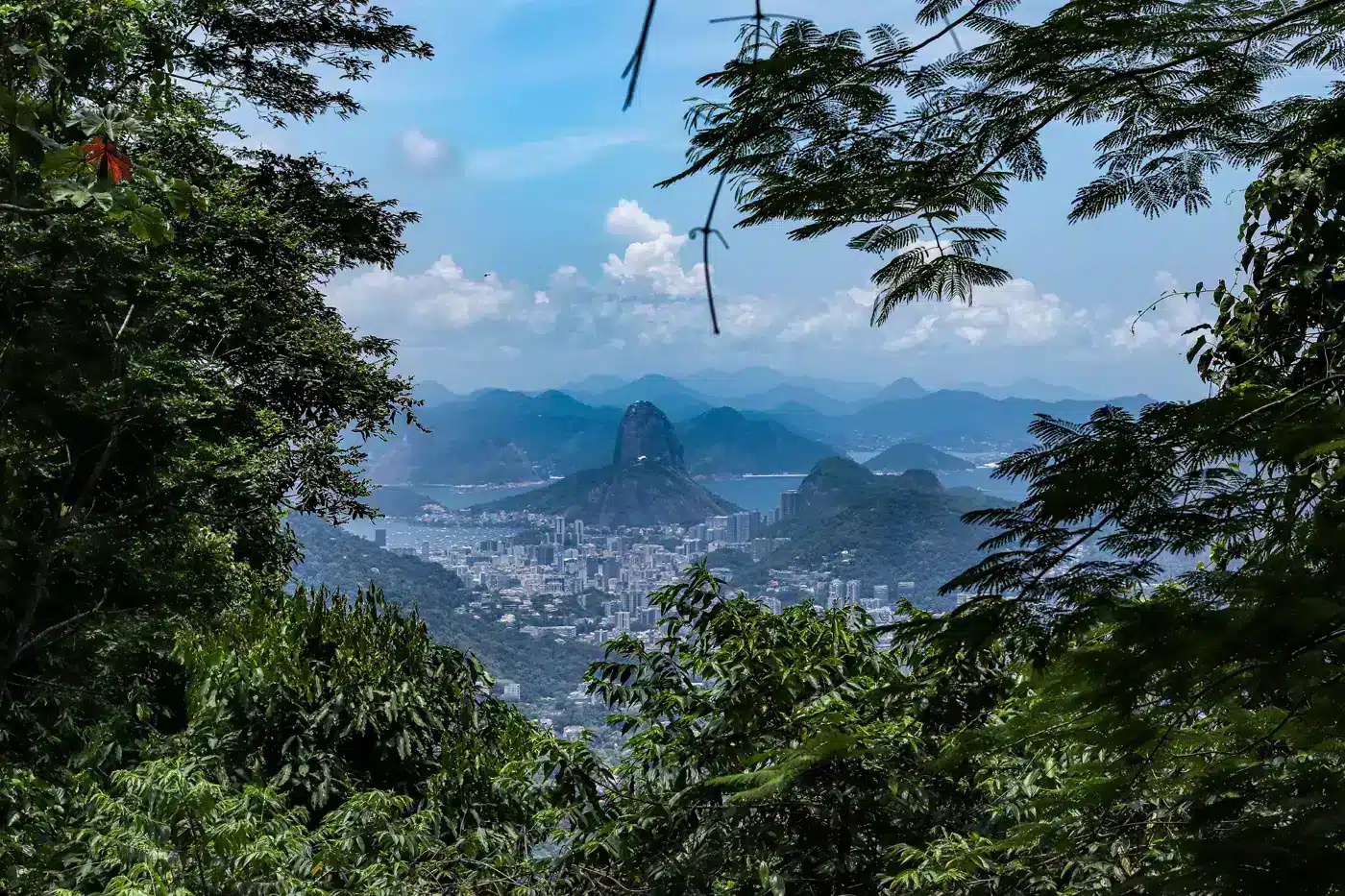In cooperation with our local partners, we offer a selection of excursions.
a selection of excursions that allow you to discover Rio and its surroundings.
HD Hiking at the Tijuca Forest to the Tijuca Peak
At 1021m Tijuca Peak is the highest point in the Tijuca National Park, and the second tallest mountain in Rio de Janeiro. We’ll leave from the hotel and travel to the start of the hike, stopping off on the way at the Vista Chinesa (an old Chinese belvedere) to admire the views and take some photos. The hike will lead us up through the lush Atlantic Forest, environmentally protected due to its rich diversity in plant and animal life. The majority of the hike is moderate and with plenty of shade, until we get to the final section which is steeper and less sheltered by trees. At the very end we’ll reach a 117-step staircase that was carved into the gneiss rock in 1920 for a visit by King Alberto of Belgium. Upon reaching the top we´ll be rewarded with incredible views of the North, West and South areas of the Rio de Janeiro.
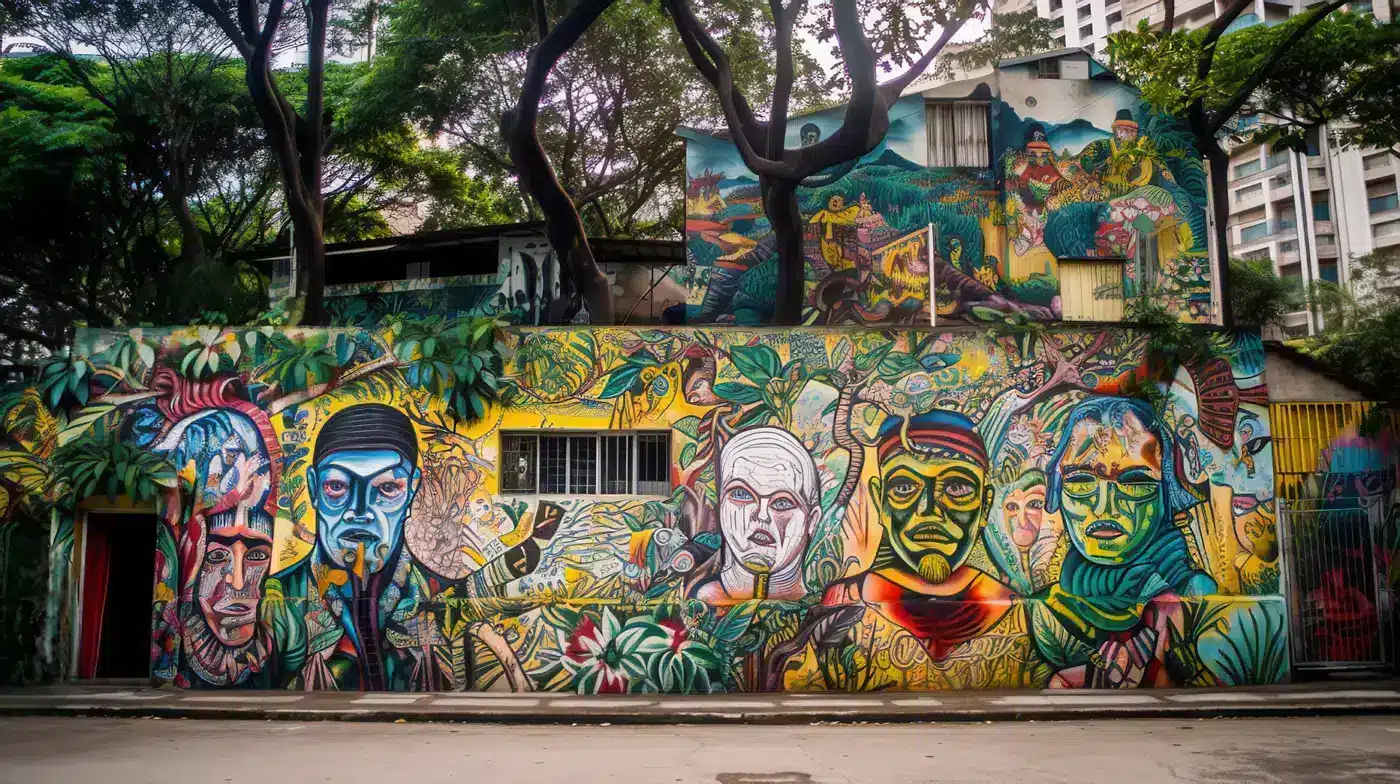
Obs.: The total walking distance is, approximately, 4km (2,5mi), about 1,5h walking counting all the stops.
This tour can be shortened to adjust to the client’s walking capabilities. There will be one bathroom stop at the MAR museum, midway of the tour.
Art and Graffiti Tour in the Port Region
This guided walking tour traces the route of open-air artwork located in some of Rio’s oldest neighborhoods, from the original settlement of Praça XV to the recently renovated Porto Maravilha. This area’s historical importance can be told by its monuments, statues, art installations, murals, and graffiti. Street art in Rio dates back to the 18th Century, starting with elaborate water fountains and, in the 19th century, celebratory figures. At Praça XV, the pyramid fountain and the two equestrian’s statues of King Dom João VI and General Osorio, are great examples of the period. Your guide will point out curiosities that pass by unnoticed to most people crossing the square. A few meters away, through the streets of the area known as Old Rio, the modernist Venus installation by José Resende creates a nice contrast against the eclectic architecture. Between the Candelaria church and Guanabara Bay, lies the kinetic sculpture created by Anthony Howe to be the 2016 Rio Olympic Pyre. At Maua square, take the elevator up to the belvedere of the MAR museum to see a bas-relief sculpted by Portuguese artist Vhils, depicting the face of a resident of nearby favela Providencia, the first of Rio. In the favela itself, he created several of these bas-reliefs. Continuing on Sacadura Cabral street, massive murals cover the entire side of three buildings: a collective by graffiti artists Toz, BR, Pia, Jou, SWK, among others; another one by Brusk; and the third by Panónio. A few steps away, at Pedra do Sal, the birthplace of Samba, another graffiti tells the story of the African men and women who were brought to Brazil as slaves. This small alley still holds one of the oldest ‘rodas de samba’ in Rio. On Barao de Tefé street, walking towards the port, is the archeological site of the old docks where these Africans arrived in Brazil. Back at the Conde Waterfront, the International Olympic Committee commissioned Kobra to create a panel celebrating the 2016 Games, and he chose to represent native people from all five continents. This grand painting is in the Guinness Book as the largest mural painted by a single artist, in the world. On the walls of the next three buildings are works by renowned Brazilian artists Luis Mourão, Rita Weiner, Luiz Zerbini and Vik Muniz. Finally, on your last stop, several artists created side-by-side murals covering an old warehouse, just across from the aquarium, filling the square with colors and whimsical images.
Pedra Bonita Hiking
This tour starts with a drive up the mountain to Pedra Bonita (Beautiful Rock) where you will enjoy a dramatic view of the city and will have the unique experience of hiking to the top of one of Rio’s famous mountains. The instructor will give full explanation of the procedures and safety guidelines at the beginning of this adventure. From the vehicle’s drop off spot to the top, takes 30min of moderate walk-up hill, through the forest. From the summit, you will be able to admire the neighboring Pedra da Gávea Hill, the beaches of Barra and São Conrado, the Tijuca National Forest, and watch the hang-gliders taking off from the ramp located just below where you will be.
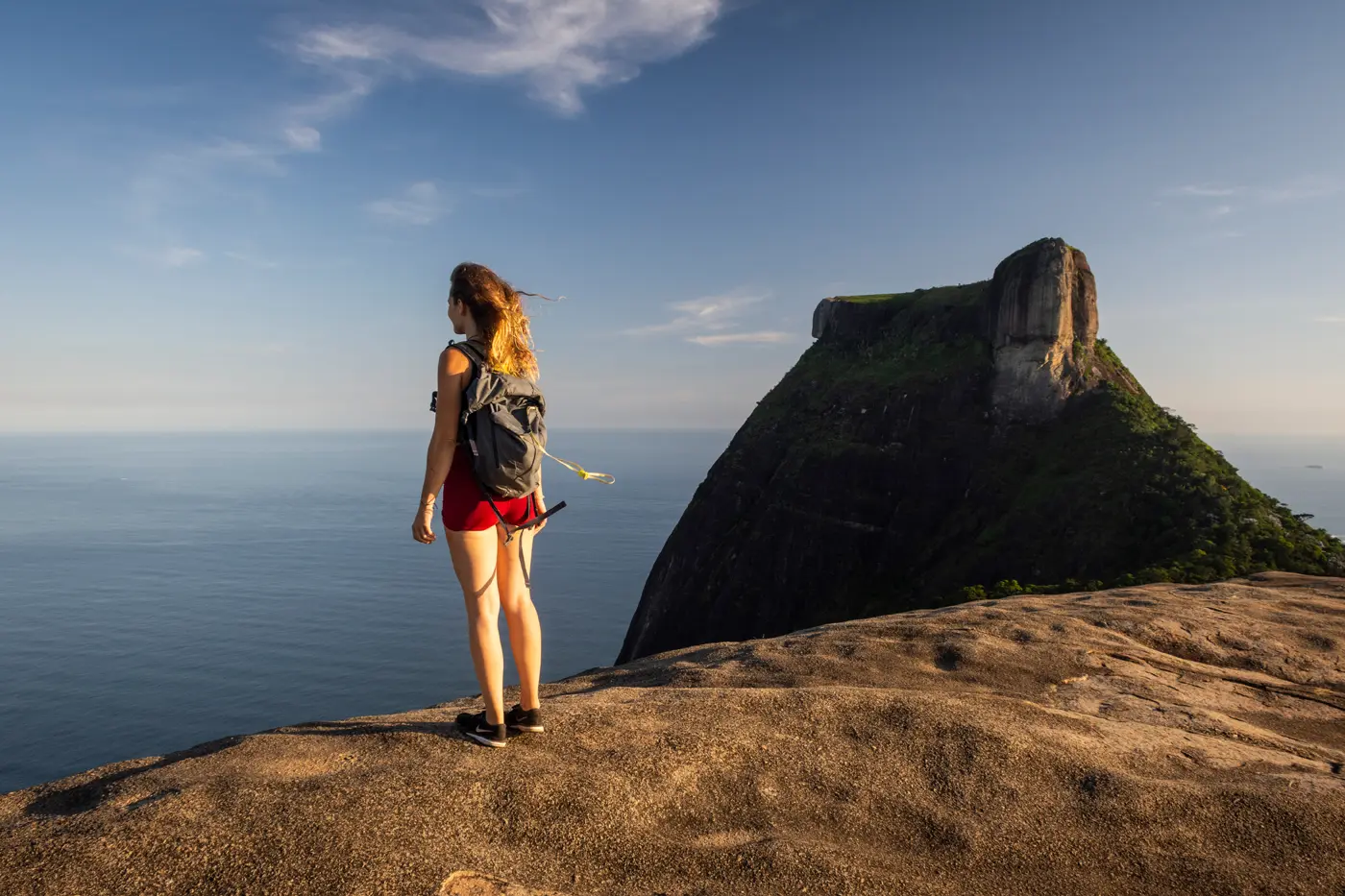
Obs.: Use sunscreen and bug spray, light clothes, a comfortable closed hiking shoes, and bring water.
Type: Active, Nature,
Duration: 4h
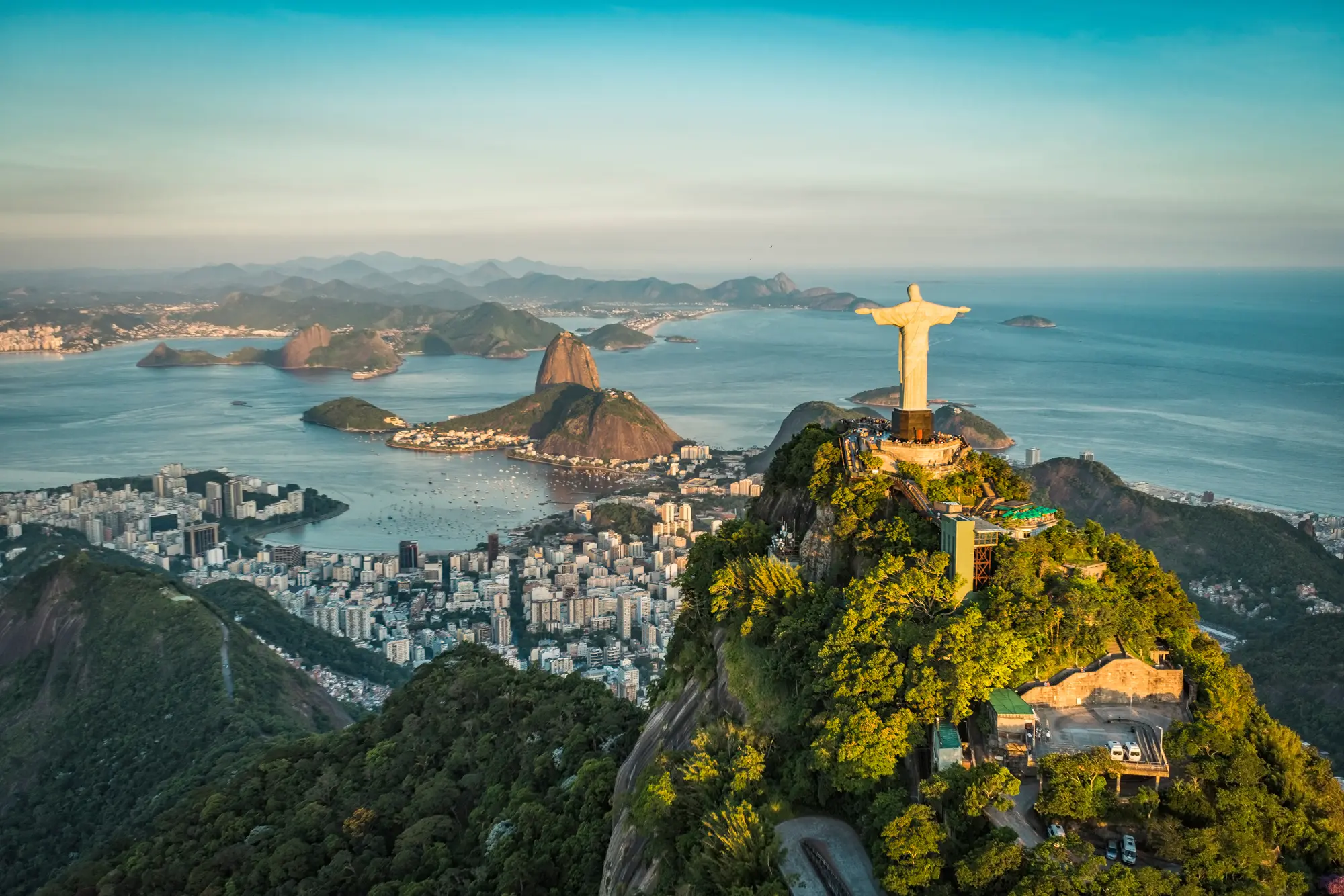
Duration: approximately 6 hours Lunch is not included
Corcorvado and Sugar Loaf
Depart from the hotel after breakfast to visit the most famous landmarks of the city and see the natural beauty of Rio de Janeiro from up above. After a scenic drive along Rodrigo de Freitas Lagoon, we will arrive at the bottom of the Corcovado Hill. Embark on a comfortable train that ascends the mountain, where the statue of Christ the Redeemer is located 2,300 ft above sea level. The Christ statue, known as the “wonder of Rio”, was recently elected one of the 7 “New Wonders of the World”. Upon arrival at the top, guests can use the panoramic elevators or escalators to arrive at the foot of the statute. There, passengers can enjoy a panoramic view of Rio de Janeiro and discover why it is called the “Marvelous City”. We will then continue to visit Sugar Loaf. Over a million tourists each year visit the world famous ‘Pão de Açúcar’, (Sugar Loaf Mountain), which has become an iconic symbol of the city of Rio de Janeiro. Rising up from a small peninsula at the entrance of Guanabara Bay, its name is said to refer to its resemblance to the traditional shape of a concentrated, refined sugar loaf. The journey to the top is made in glass cable-cars. The first cable-car takes passengers to the top of Urca Hill, which rises 215 meters above sea level and offers spectacular views of the entire bay and its surrounding islands. From Urca Hill, passengers continue in a second cable-car to the top of Sugar Loaf which rises 395 meters above sea level and offers a 360-degree view of the entire city including Botafogo and Copacabana Beaches, Corcovado Mountain and downtown Rio de Janeiro.
Guanabara Bay – Rio from the water
Enjoy the stunning views of Rio de Janeiro while exploring the waters of the Guanabara Bay by this unique boat ride while tasting a delicious caipirinha drink. The beauty of the 360-degree view makes a boat tour on the bay a favorite activity to many like seeing the Sugar Loaf from a new angle. A saxophonist, drinks and snacks will complete the atmosphere!
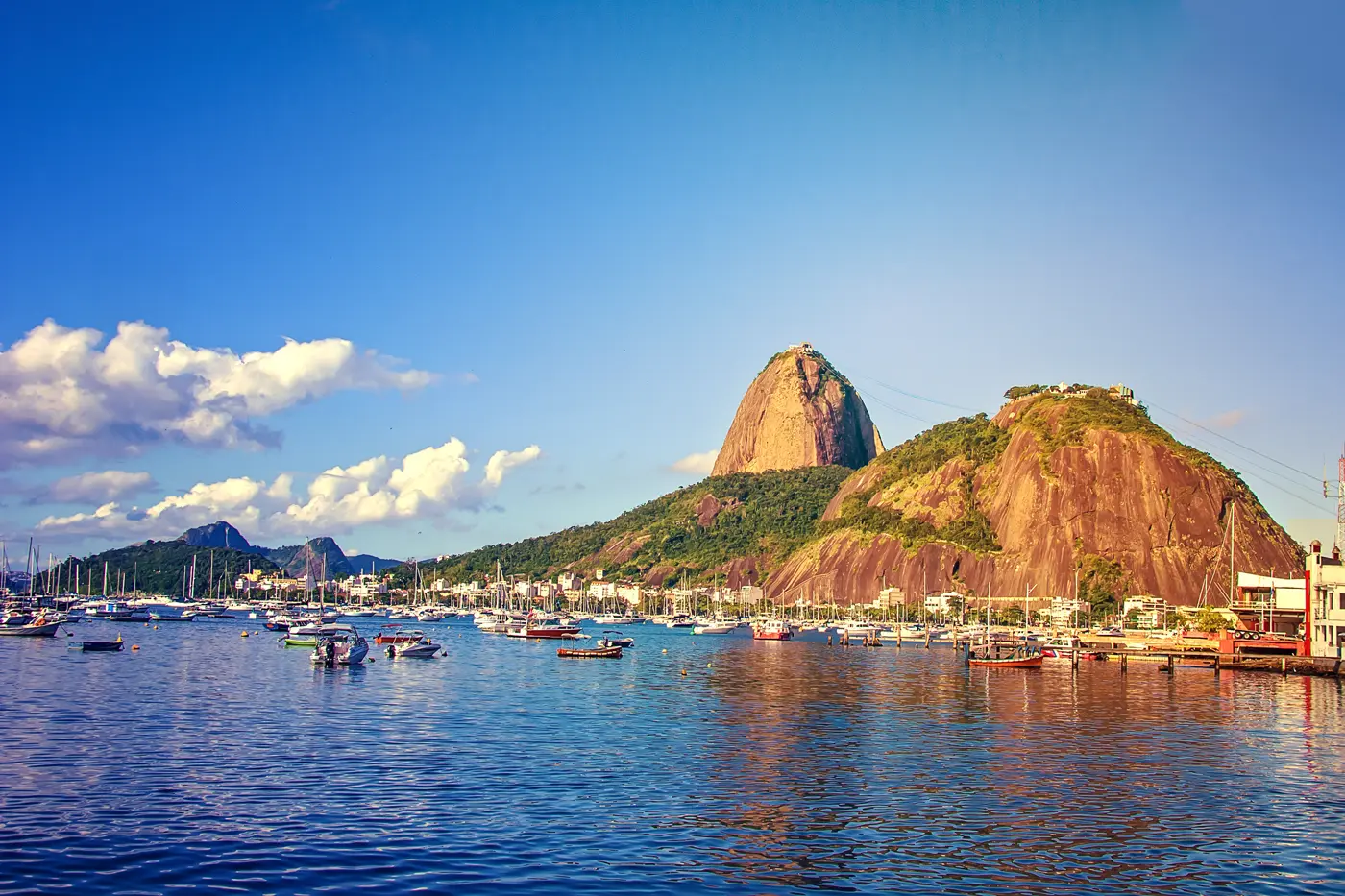
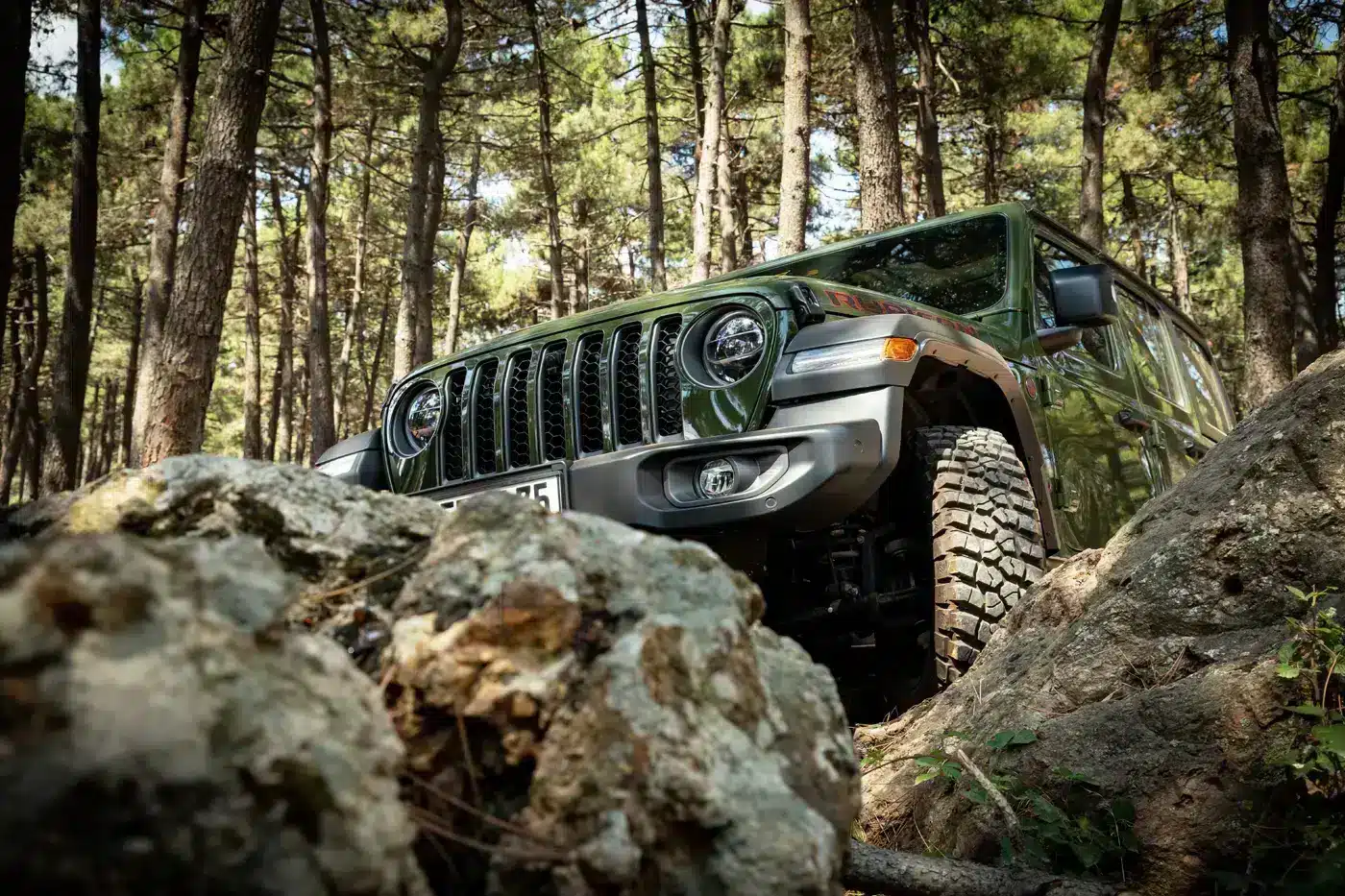
Jeep Tour Tijuca Forest
Departure from the hotel in open-air jeeps, guests will be taken to the stunning Tijuca Atlantic Forest – the largest urban forest in the world. On the way we will stop off at the Chinese Vista with magnificent views of Ipanema and Copacabana beaches, Guanabara Bay and Sugar Loaf. During the tour, guests often spot tropical animals like monkeys, sloths and exotic birds. On the way back to the hotel, we will stop at Pepino Beach to watch the hang gliders fly through the air.
Historical Old and New
This tour shows a bit of the 450-year history of Rio and the contrast between the historic buildings in the city center and the great modernization of the port and surroundings of Rio. Pass by the famous seleron steps You will be surprised by the number of buildings that are now part of stores, offices, restaurants & etc. An area full of history and its contrasts with modernity! Add on : Visit Museum of Tomorrow.
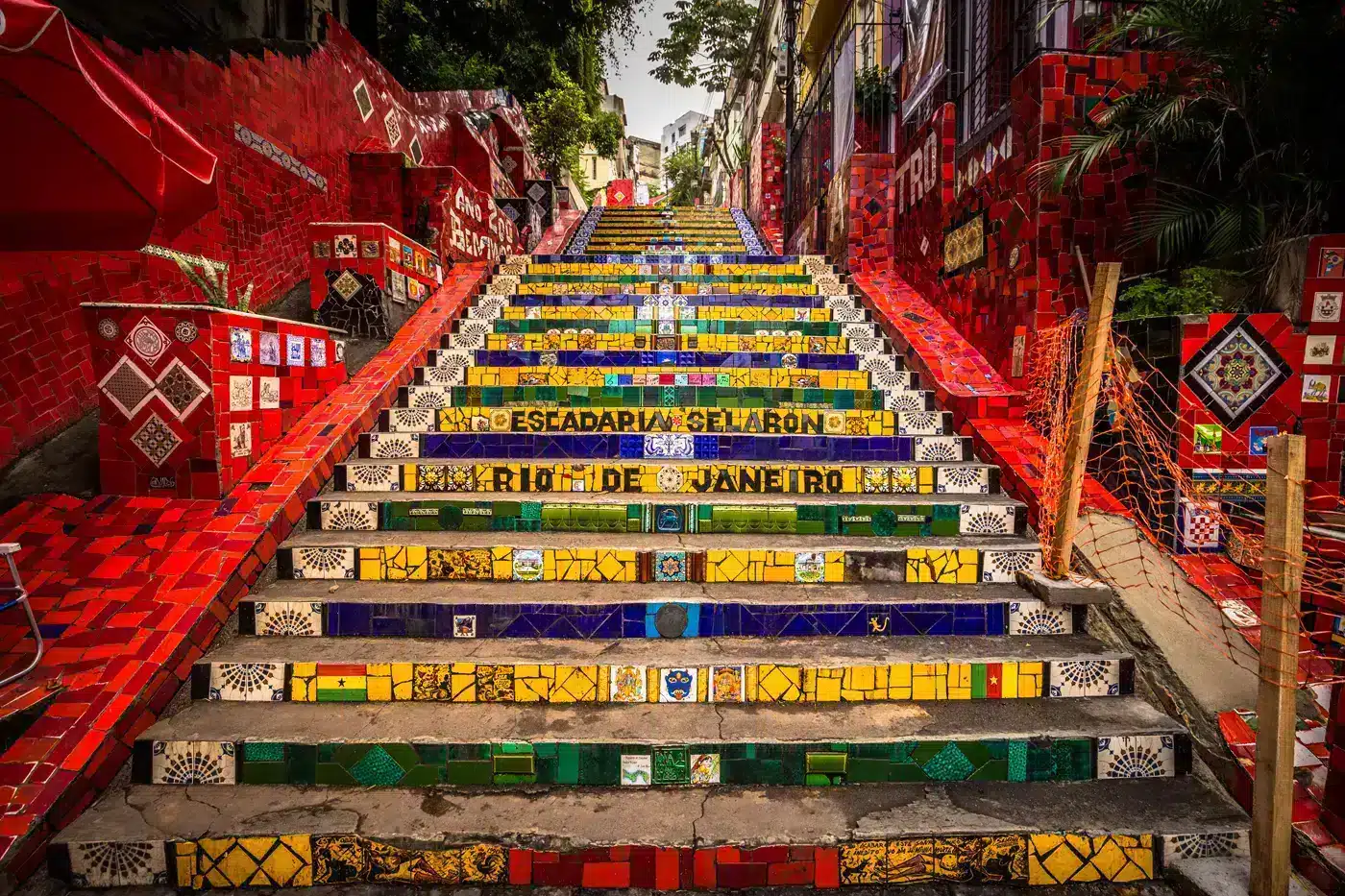
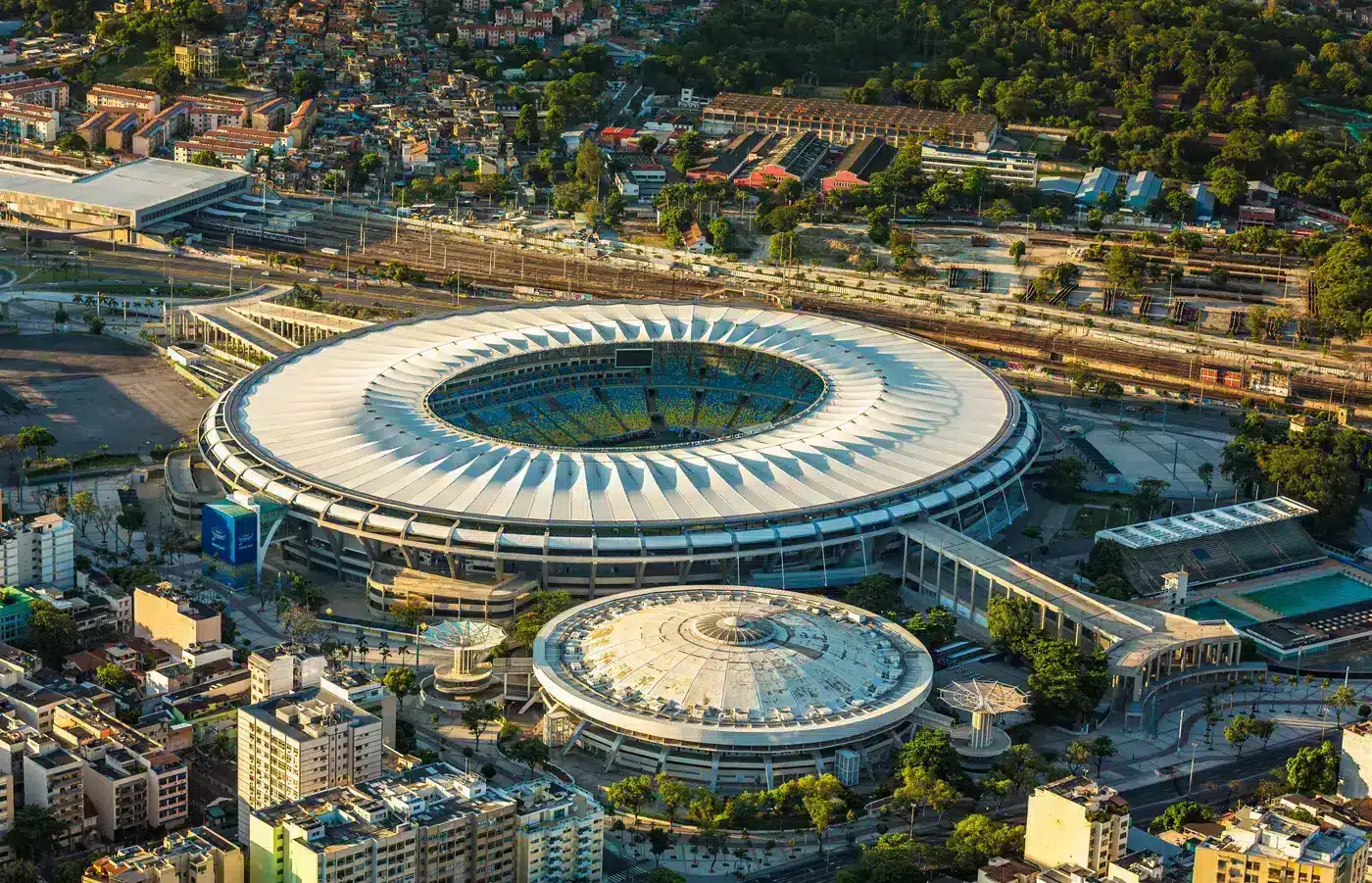
Maracana – Lets Play
maracanã, officially called Estádio Mário Filho, was built to serve as the flagship venue for the 1950 World Cup. Considered for most of the Brazilians as the Temple of Football, Maracanã Stadium was the “stage” of games that made history. A brief tour, where we will learn about the history and the life of great world players who have passed by as Pelé, Zico and Garrincha and also visit the backstage of the stadium, such as the dressing room. Get Ready to play we are now going to experience the feeling of playing the field!
Carnival behind the scenes
Experience the creation of Rio de Janeiro’s Carnival from an insider’s perspective: visit the City of Samba, learn about the history of Samba and Carnival parades, understand the production of floats and costumes, and feel the samba fever with an authentic carnival costume, a samba class, and a Brazilian welcome drink! Add on : Stop at the Sambodrome , where the magic comes to place
